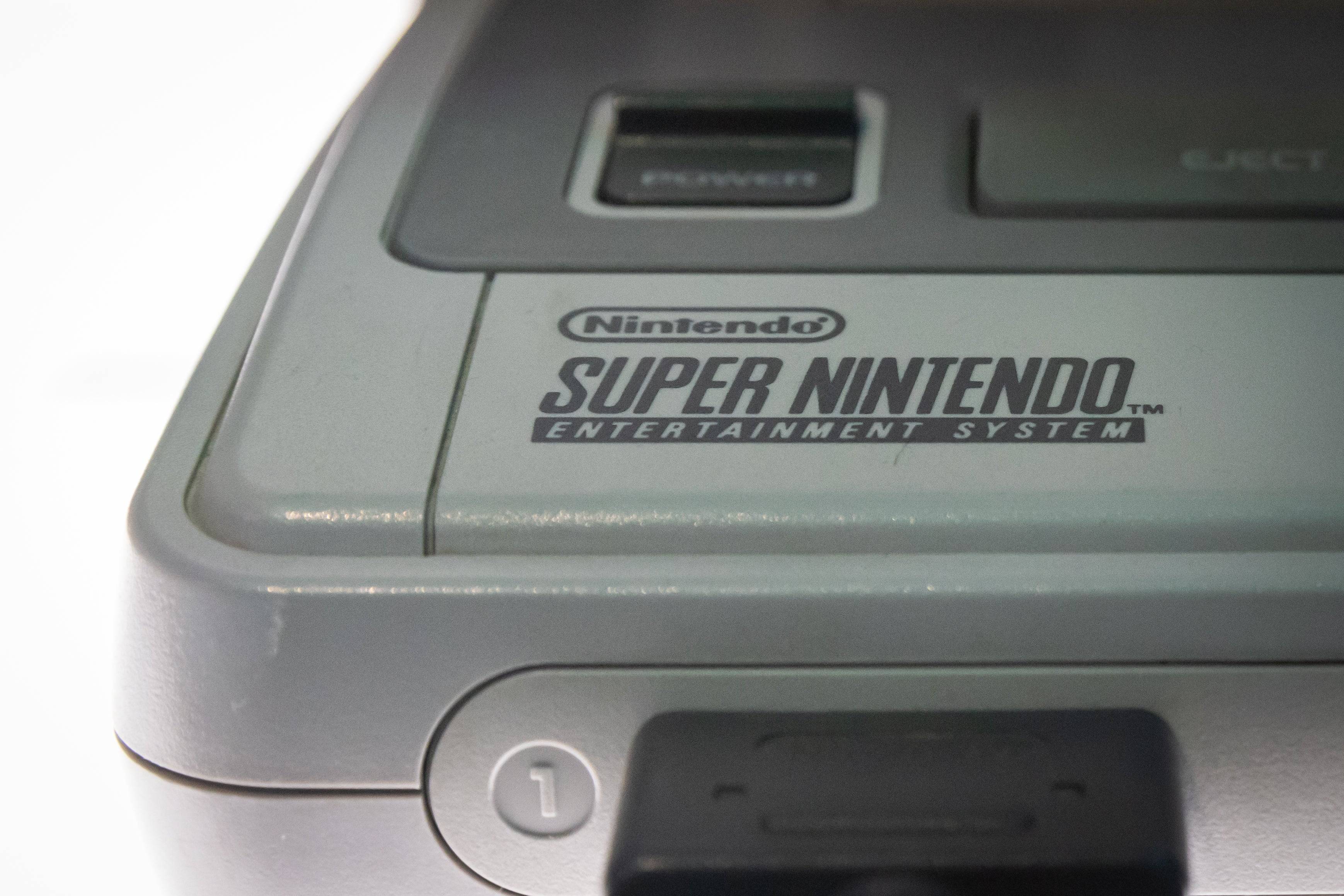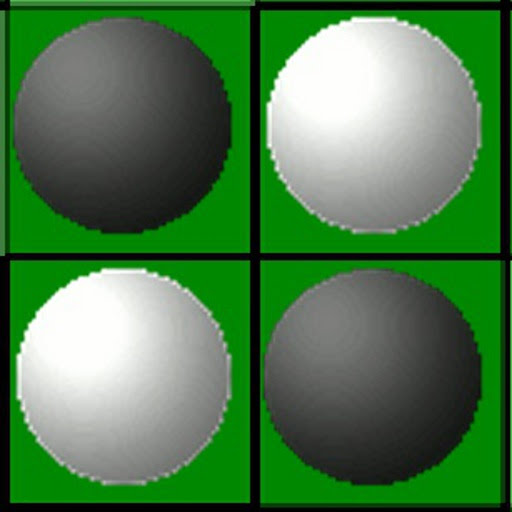The speedrunning community is buzzing with excitement and confusion over a fascinating phenomenon: the Super Nintendo Entertainment System (SNES) appears to be running games faster as it ages. This intriguing discovery was brought to light in early February by Bluesky user Alan Cecil (@tas.bot), who shared that the iconic console from Nintendo might be performing better now than when it was first produced in the 1990s. If true, this could mean that the nearly 50 million SNES units sold worldwide are now capable of delivering enhanced performance in classics like Super Mario World, Super Metroid, and Star Fox, rather than deteriorating over time.
The notion that a video game console could improve its performance simply due to the passage of time might sound far-fetched. Yet, Cecil's findings point to a specific component that might be behind this unexpected boost: the SNES's audio processing unit (APU) SPC700. According to an interview with 404 Media, official Nintendo specs indicate that the SPC700 has a digital signal processing (DSP) rate of 32,000Hz, controlled by a ceramic resonator running at 24.576MHz. However, retro console enthusiasts have noted that these specs don't always hold up in real-world conditions, with the DSP rate varying slightly based on factors like temperature.
 The SNES appears to be getting faster with age. Photo by Aldara Zarraoa/Getty Images.
The SNES appears to be getting faster with age. Photo by Aldara Zarraoa/Getty Images.
What makes this situation particularly intriguing is the trend Cecil has observed over the past 34 years. After asking SNES owners to record data from their consoles, Cecil analyzed over 140 responses and found a clear increase in DSP rates. Where the average DSP rate was recorded at 32,040Hz in 2007, Cecil's recent findings show it has risen to an average of 32,076Hz. While temperature does affect these rates, it doesn't account for the significant increase observed over time. It seems that the SNES is processing audio faster as it ages, though the exact reason remains a mystery.
In a follow-up Bluesky post, Cecil shared more detailed data, noting, "Based on 143 responses, the SNES DSP rate averages 32,076Hz, rising 8Hz from cold to warm. Warm DSP rates go from 31,965 to 32,182Hz, a 217Hz range. Therefore, temperature is less significant. Why? How does it affect games? We do not know. Yet."
While the findings are captivating, Cecil stresses that further research is needed to fully understand how much faster the SNES units are processing game audio and what exactly is causing this. Historical data from the console's first decade is scarce, making it challenging to draw definitive conclusions. Nevertheless, as the SNES approaches its 35th birthday, it appears to be aging gracefully.
The speedrunning community is particularly intrigued by these developments. If the SPC700 is indeed processing audio to the CPU faster than intended, it could theoretically affect game performance by reducing load times in certain sections. However, this might not significantly impact leaderboard rankings and records. Even in the most extreme cases, the new findings might only shave off less than a second from an average speedrun. The impact on different games is still under debate, and at the time of this report, there's no clear indication of how much longer speedruns might be affected.
As Cecil continues to delve into what makes the SNES tick, the console is powering through its 30s and seemingly performing better than ever. For more insights into the SNES, you can explore where it ranks on the list of best-selling consoles of all time.


 LATEST ARTICLES
LATEST ARTICLES 











